Diamond is widely used in traditional tools, wear parts, optical component coatings, ultra-precision tools, etc. for its excellent performance. In addition, advanced carbon-based film materials represented by diamond-like coatings have high hardness, low friction coefficient, excellent wear resistance and smooth surface characteristics, and have broad application prospects in modern manufacturing and high-tech fields.
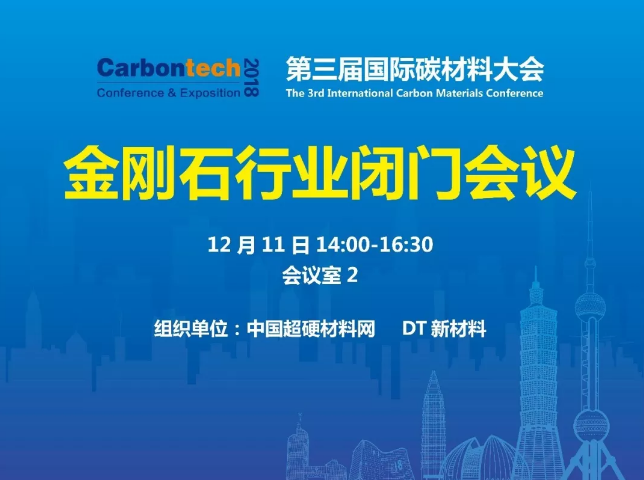
At present, the diamond industry has some shortcomings in equipment development, material preparation and downstream application. Based on this, the organizer China Superhard Materials Network and DT new materials jointly organized the diamond industry closed-door summit, about 60 industry experts, scholars and colleagues. Attend, take a look at the wonderful situation.
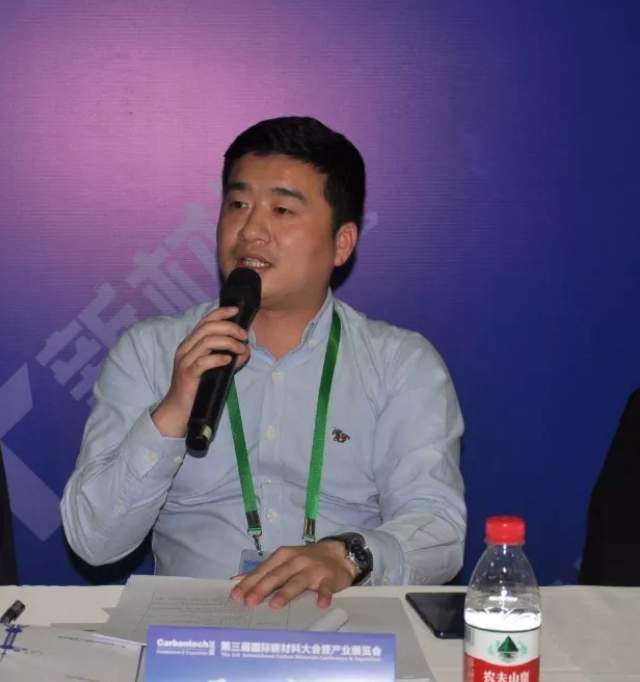
â–²Chinese super hard material net stone super general manager to do activities
Let's get closer to the expert in this closed meeting.
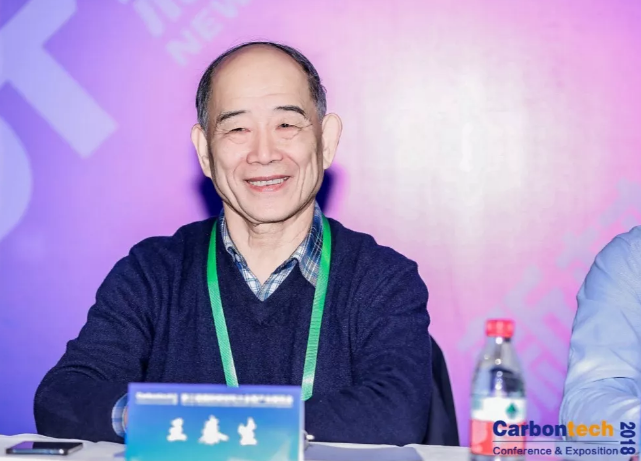
Wang Qinsheng
Honorary Dean of School of Materials and Chemical Engineering, Zhongyuan University of Technology
Since 2004, he has been a Distinguished Professor of Zhongyuan University of Technology, Honorary Dean of the School of Materials and Chemical Engineering, and Director of the National and Local Joint Engineering Laboratory of Diamond High-efficiency Precision Sawing Tools. Current part-time job: Chief Expert of the National Torch Program Superhard Materials Industry Base; Group Leader of the National Superhard Materials and Products Regional High-tech Industry Chain Expert Group; Executive Deputy Director of the China Machine Tool Industry Association Superhard Materials Branch Technical Expert Committee; National Abrasive Mill Senior Consultant with Standardization Technical Committee; Chairman of Superhard Materials and Processing Technology Committee of Henan Mechanical Engineering Society; Chief Engineer of Henan Diamond and Product Engineering Research Center; Honorary Director of Expert Committee of Hebei Diamond Tool Association; Education of Fragile Material Processing of Huaqiao University Consultant of the Engineering Technology Research Center. He has presided over more than 10 projects such as “High-grade diamond growth principle and process research†and “Quality and low-cost new diamond saw blade development researchâ€, and won the second prize of National Science and Technology Progress Award in 2011, with “Diamond Synthetic Stick†and More than 10 invention patents and utility model patents, such as diamond grindstone composite foundation material, diamond saw blade sand planting device, diamond wire saw plating sand groove, chief editor and chief editor of superhard material manufacturing, "Superhard Materials and Products", "Diamond Sintered Products", "Superhard Material Electroplating Products", "Abrasive Abrasives Technical Manual" and other monographs and college textbooks, more than 100 papers and translations.
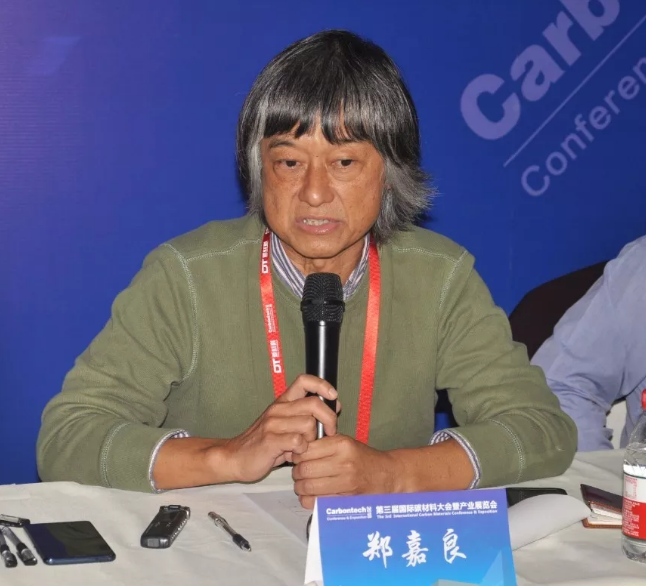
Zheng Jialiang
Professor of Donghua University, Taiwan, foreign academician of Russia
Professor Zheng Jialiang is currently a professor of physics at Donghua University in Taiwan and a foreign member of the Russian Prokhorov Academy of Engineering Science (2016-). He has served as the director of the Department of Physics at Donghua University, the director of the General Education Center, the director of the Art Center, the chairman of the Common Education Committee (Dean's level), and the Vice President (2012-2016). He received his Ph.D. in Physics from the University of Oregon in 1993. He was a postdoctoral researcher at the Laboratory of Chemistry, University of California, Berkeley, USA, and Li Yuanzhe (1986 Nobel Prize in Chemistry), Institute of Atomic and Molecular Sciences, Academia Sinica, Taiwan, 1994-1997. In 1997, he joined the Department of Physics of Taiwan Normal University as an assistant professor. In 1998, he transferred to Donghua University. In the last decade, his research has focused on the research of nano-diamonds in biomedicine, especially in the early detection of cancer cells and the delivery of anti-cancer drugs. The methods used are mainly non-invasive spectroscopy and microscopic imaging methods. The team he led was the first team in the world to use nanodiamonds as a biometric calibration, and was one of the pioneering teams using nanodiamonds as a drug delivery.
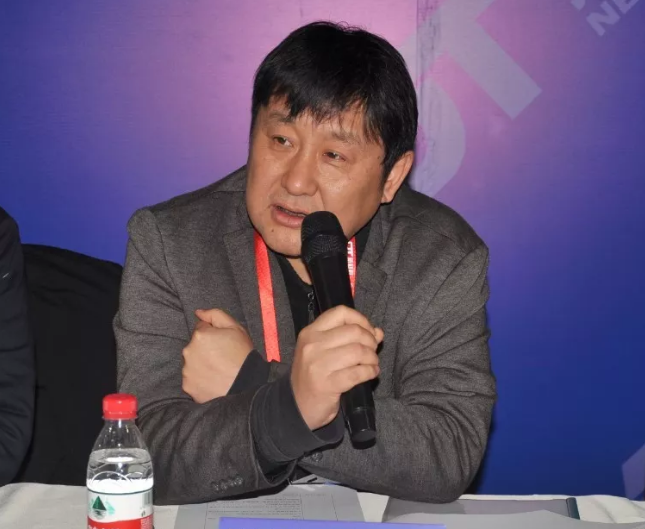
Jiangnan
Researcher, Institute of Materials Technology and Engineering, Chinese Academy of Sciences
Jiangnan, Ph.D., researcher, national “Thousand Talents Program†expert, director of Surface Engineering Division of Ningbo Institute of Materials Technology and Engineering, Chinese Academy of Sciences. At present, he is mainly engaged in the development and industrial application of functional carbon materials, including CVD diamond, graphene, graphite high thermal conductivity composite materials and related devices.
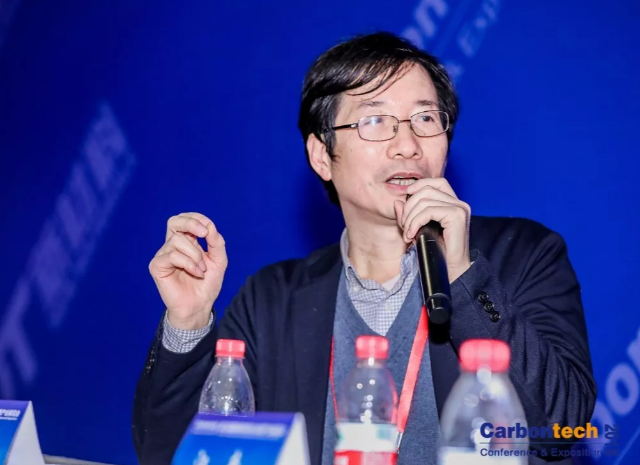
Wang Hongxing
Professor, School of Telecommunications, Xi'an Jiaotong University
Wang Hongxing: Professor of Xi'an Jiaotong University, special expert of “National Thousand Peopleâ€. In 2001, he received his Ph.D. from Tokushima University, Japan. Later, he joined Japan's Nitride Semiconductor as a senior researcher. 2004-2008 joined the Japanese company Dialight Japan as an executive director. 2008-2013 joined Seki technotron as a research and development manager. In 2013, he joined Xi'an Jiaotong University full time. The main research areas are: MOCVD, MPCVD for semiconductor growth; III-V nitride materials and light-emitting devices; large-size single crystal diamonds and electronic devices; quantum light sources and sensors. A number of results were adopted for large-scale production. He has more than 100 patents and published more than 100 SCI articles.
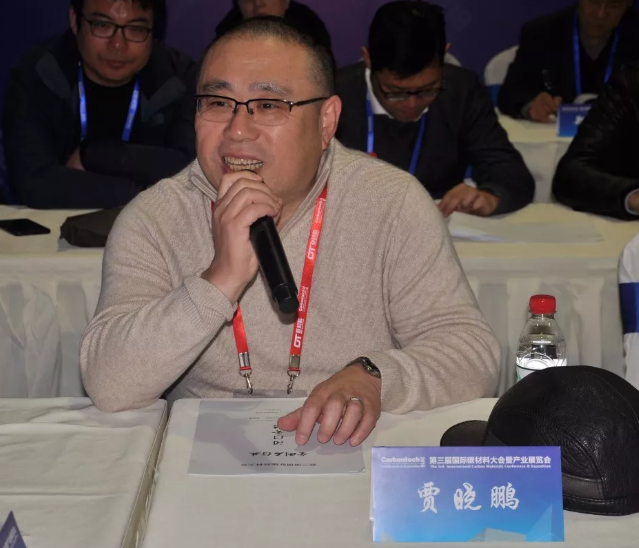
Jia Xiaopeng
Professor, State Key Laboratory of Superhard Materials, Jilin University
Master of Science, Jilin University (1987), Doctor of Engineering, University of Tsukuba, Japan (1996). In December 1999, he returned to Jilin University as a second batch of special professors of Changjiang Scholars. Main research areas: ultra-high pressure technology, diamond synthesis under high temperature and high pressure, and high pressure preparation of materials such as thermoelectric materials.
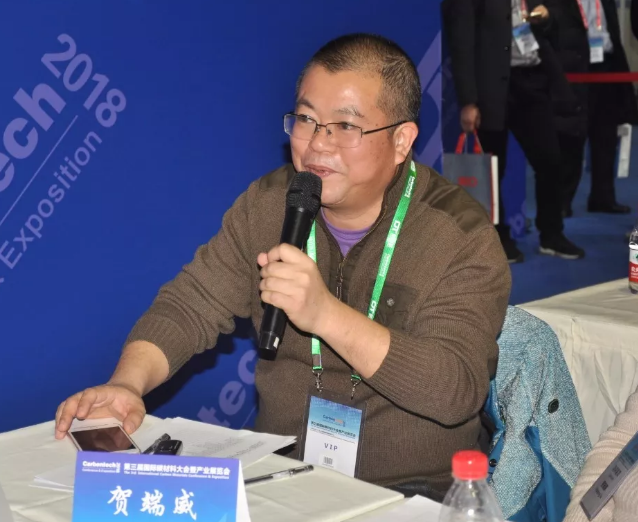
He Duanwei
Professor, Institute of Atomic and Molecular Physics, Sichuan University
He Duanwei, Professor, Institute of Atomic and Molecular Physics, Sichuan University. In 1998, he obtained a Ph.D. in condensed matter physics from the Institute of Physics of the Chinese Academy of Sciences. From 1999 to 2006, he successively worked at the National Institute of Materials Science in Japan, the Los Alamos National Laboratory, the Princeton University, and the MegaDiamond R&D Department. The unit is engaged in research or research and development. The first author or correspondent author published more than 100 papers in Advanced Materials, PNAS, PRL and other publications. He cited more than 3,000 papers and authorized more than 10 invention patents at home and abroad. The research results of research and development led by super-hard composite materials and large-cavity static high-pressure technology have been promoted and applied in more than ten enterprises and scientific research units at home and abroad, with an annual output value of more than 100 million yuan.
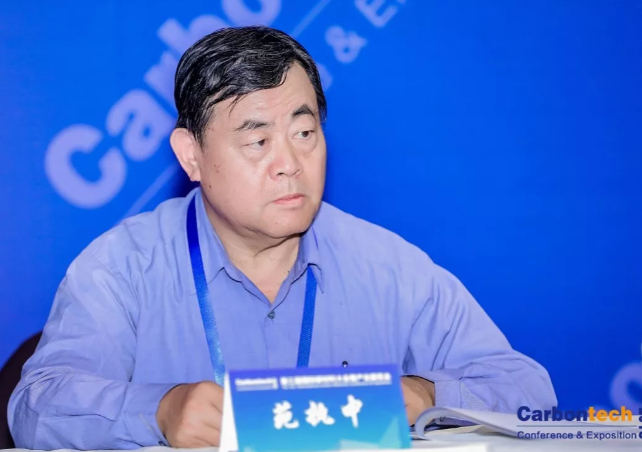
Court Executive
Chairman of Taiwan Diamond Technology (Zhengzhou) Co., Ltd.
Dr. Diamond from Sun Yat-Sen University specializes in diamonds. He has been engaged in diamond processing, teaching, trading, identification, research and growth for more than 41 years. Now he has companies, appraisers and factories in New York, Taipei, Taiwan and Zhengzhou. Dozens of new diamond patents have been obtained in countries around the world. Now he is engaged in jewelry diamond processing, high temperature and high pressure, chemical vapor deposition (CVD) single crystal, polycrystalline diamond growth, application research and production. In 2009, he became a full member of the International Gemmology Conference (IGC), the highest level gemological conference in the world. He has published hundreds of Chinese and English special reports in various countries around the world, and published dozens of Chinese and English papers in professional journals around the world. Publication: Diamond Researching 1999 is published in New York, USA.
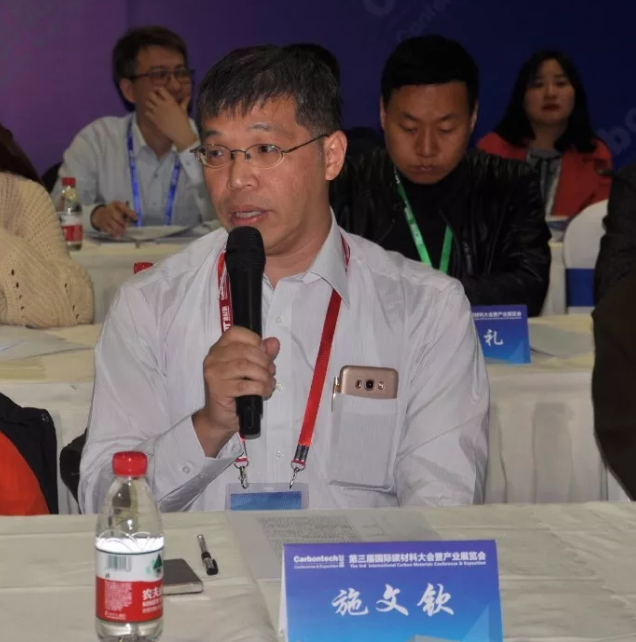
Shi Wenqin
Professor, Datong University, Taiwan
He has worked in the Department of Electronic Engineering of Qingyun Institute of Technology in Taiwan and the Institute of Optoelectronic Engineering of Datong University. He was the director of the Learning Center of Datong University in Taiwan, the director of the Institute of Photoelectric Engineering and the director of the Physics Teaching Group. He is currently a professor in the Department of Materials Engineering and a professor in the Department of Electrical Engineering (job). The main research direction is the preparation of nano-carbon materials and their application in field emission. He has published more than 50 papers in internationally renowned magazines such as J. Appl. Phys. and has 13 invention patents in the US, China and Taiwan.
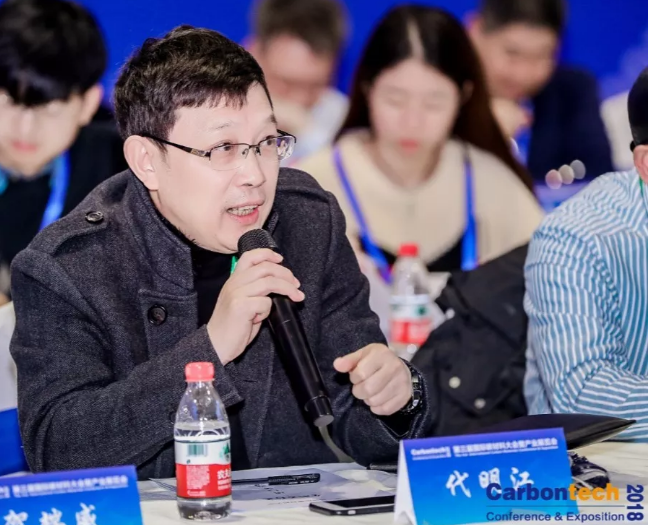
Dai Mingjiang
Director of Guangdong New Materials Research Institute
Since November 2005, he has served as the director of the Guangdong New Materials Research Institute (formerly the New Materials Research Institute of Guangzhou Nonferrous Metals Research Institute). The main research directions are: CVD diamond coating, thermal spraying, vacuum coating, ion nitriding, electroless plating, etc. He has hosted or participated in more than 50 national, provincial, municipal, military and natural science fund projects. He won 3 first prizes for provincial and ministerial level scientific and technological progress, 9 second prizes and 3 third prizes. Participated in the compilation of 2 departments, published more than 100 papers, and obtained more than 30 patents.
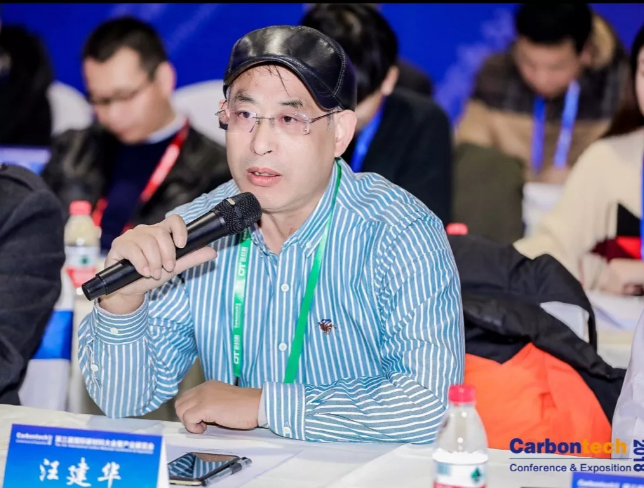
Wang Jianhua
Professor of Wuhan Engineering University
Professor Wang Jianhua has long been engaged in plasma technology and application research, design and application of new high-power and high-stability microwave sources, preparation of optical diamond film and diamond coating, carbon nanotube electrode integration and related performance research, microfluidic technology and application research. And microwave technology application research. Formed a core team of "low temperature plasma technology and new materials" with his distinctive characteristics. In the past five years, as the technical person in charge, I have undertaken research projects such as the National 973 Program, the National Natural Science Foundation Project, the Hubei Provincial Natural Science Fund Key Project, and the Provincial Education Department Team, as well as technical development projects in cooperation with enterprises. Received the second prize of the National Science and Technology Progress Award, and four awards from provincial and ministerial level and industry associations.
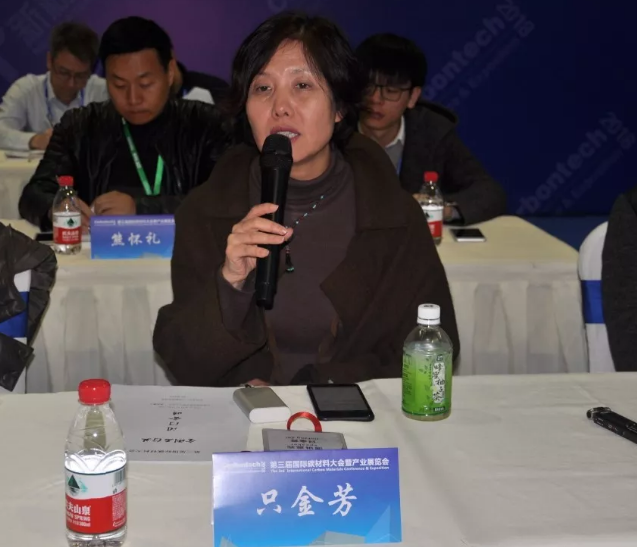
Jin Fang
Researcher, Institute of Physics and Chemistry, Chinese Academy of Sciences
From 1995 to 1999, he was a researcher at the NOK Advanced Technology Institute in Japan. From January 2000 to July 2003, he was a special researcher at the Japan Society for the Promotion of Science. In August 2003, he returned to China as a foreign talent introduced by the Chinese Academy of Sciences. He is currently a researcher at the Institute of Physics and Chemistry of the Chinese Academy of Sciences and a doctoral tutor. Main research interests: the application of carbon-based materials, including diamond electrodes, nano-diamonds, graphene, etc., as well as the application of optical functional materials in the environmental field, has accumulated a lot of practical work experience, published more than 90 academic papers, authorized More than 20 patents. He presided over major projects of international cooperation of the Ministry of Science and Technology, major projects of the Beijing Natural Science Foundation and the National Natural Science Foundation of China.

Corner of the venue
It is composed of 3 levels. The upper level and the lower level are Woven Geotextile and non woven textile. The middle level is bentonite grains, which are carefully selected from Liu Fangzi crude and filled in between the two levels after special processing.
Product characters:
1. Environment friendly
GCL is made of natural raw materials of sodium-bentonite. It is raw and natural materials,;aging and corrosion seldom happen. It can keep its quality and then it does not cause any injuries and pollution for human and the environment. It is not only waterproof, but also has good ventilation performance. It can stick up for the exchange of the ecological environment. It is a pure natural, new, green waterproof material.
2. Permanent waterproof, excellent performance
Natural sodium bentonite was formed billions of years ago.
Its waterproof properties are much more durable than that of the buildings. Sodium bentonite would transform to high density septum under hydro pressure. When The thickness is 3mm, the permeability is below a×10-11/sec(a=1~9), which equals to the density of 100 times of the clay with 30 mm thickness. Water retention performance is evident.
3. Easy to construct
Bentonite powder, nails and washers are enough for connection and fixation. Construction is not constrained by weather conditions and it could be taken under cold or wet conditions. Bentonite powder is spread on overlap point. When water comes, GCL would be overlapped automatically. It is so far the only material that starts the waterproof effect by water in the world. It is not necessary to take additional examination when the construction is completed. The repair works are easy in case of waterproof defects. Among the existing waterproof materials, GCL`s construction period is the shortest and its operation is the easiest. It has an eminent effect on shortening the construction period as well as saving the cost.
4. Strong Self-Restore Capacity
The integration between waterproof material and its target enables GCL a 20~28 times swelling volume. Even if concrete structure trembles or subsides, the bentonite in GCL would restore the crack of 2mm or below on the concrete structure immediately. Even if the diameter of perforation reaches 30 mm, the restoration will be finished within 15 days completely.
Geosynthetic Clay Liner (GCL)
Geosynthetic Clay Liner Gcl, 3D Levels Gcl, Sodium Bentonite Gcl
Feicheng Lianyi Engineering Plastics Co., Ltd , https://www.lianyigeosynthetics.com